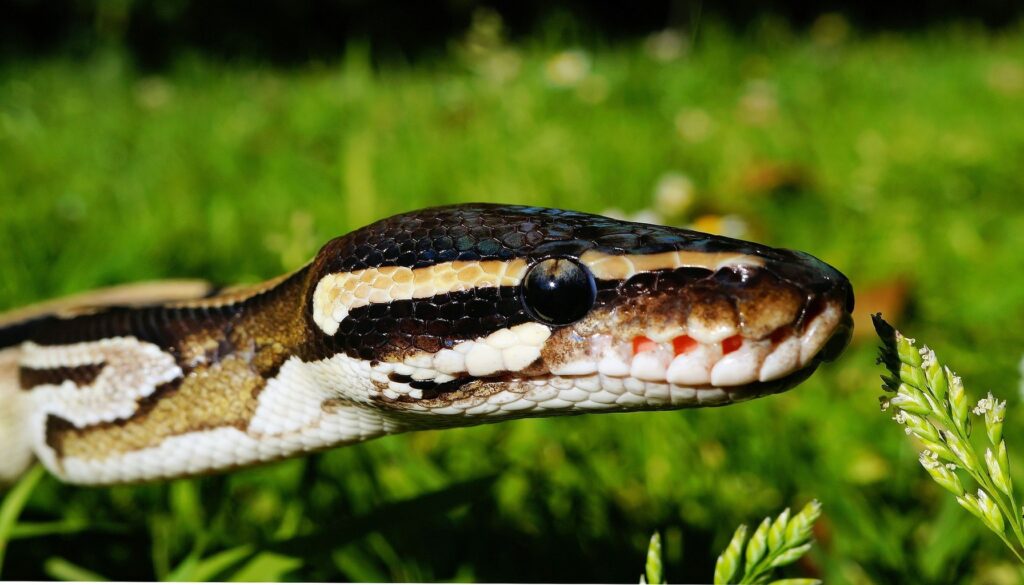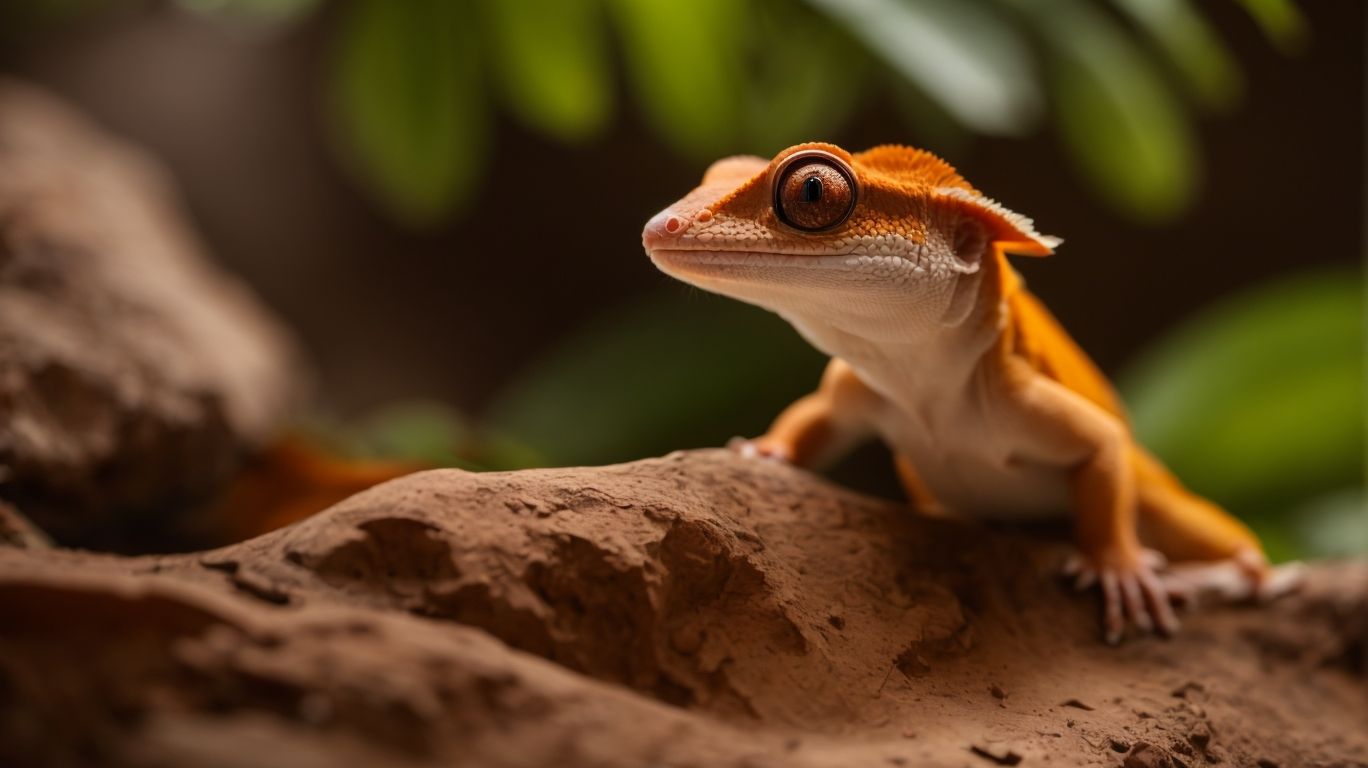
Maintaining the Health and Wellness of Your Ball Python
Table of Contents
Understanding the Needs of Your Ball Python
To ensure the health and happiness of your ball python, it is crucial to understand their unique needs. These captivating creatures have specific requirements that must be met to create a comfortable and enriching environment for them.
First and foremost, temperature regulation is vital for ball pythons. They are ectothermic, which means they rely on external heat sources to regulate their body temperature. It is essential to provide a temperature gradient within their enclosure, with a warm side and a cooler side. This allows them to thermoregulate and move to the area that best suits their needs.
Humidity is another important factor to consider. Ball pythons originate from the tropical regions of Africa, so they require a higher humidity level in their enclosure. In addition to temperature and humidity, providing proper hiding spots is crucial for ball pythons. These shy creatures love to feel secure and safe, so offering multiple hiding spots throughout their enclosure is essential.
Lastly, maintaining a clean and hygienic habitat is crucial for the well-being of your ball python. Regularly cleaning their enclosure, removing waste, and sanitizing their water bowl helps prevent the growth of bacteria and parasites.
Providing a Suitable Habitat for Your Ball Python
Creating a suitable habitat for your ball python is essential for their health and well-being. These magnificent creatures need a comfortable and enriching environment to thrive. Here are some important factors to consider when providing a habitat for your ball python.
First and foremost, the size of the enclosure is crucial. Ball pythons need enough space to move around and stretch out. A tank or terrarium that is at least 40 gallons is recommended for adult ball pythons. Make sure to provide a secure lid or screen top to prevent escapes.
Next, consider the substrate. Substrate refers to the bedding or material on the floor of the enclosure. Avoid using pine or cedar shavings, as they can be toxic to ball pythons. Instead, opt for reptile-safe substrates such as coconut fiber or reptile carpet.
In addition to the substrate, provide ample hiding spots for your ball python. They love to feel secure and will seek out hiding spots to feel safe. You can use various types of hides, such as caves, logs, or commercial reptile hideouts. Place these hides in different areas of the enclosure to give your ball python options.
Temperature and humidity are also critical factors to consider. Ball pythons require a temperature gradient within their enclosure. The warm side should be around 88-92°F, while the cooler side should be around 75-80°F. Use heating pads or lamps to achieve these temperatures.
Maintaining the proper humidity level is equally important. Aim for a humidity level of 50-60%, which can be achieved by misting the enclosure regularly and providing a water bowl for your ball python to soak in.
Lastly, provide appropriate lighting for your ball python. They need a regular day-night cycle to maintain their natural behavior. Use a reptile-specific UVB bulb to provide them with the necessary light.
The Importance of a Balanced Diet
Proper nutrition is vital for the health and well-being of your ball python. A balanced diet ensures that your scaly friend receives all the necessary nutrients to support their growth and overall health. In the wild, ball pythons primarily feed on small mammals such as mice and rats, which provide them with the essential proteins, fats, and vitamins they need.
When it comes to feeding your ball python, it is important to offer them appropriately sized prey. The size of the prey should be proportional to the size of your snake’s body, to prevent any digestive issues or choking hazards. It is generally recommended to feed adult ball pythons once every 7-10 days, while juveniles may require more frequent feedings.
While mice and rats are the main staples of a ball python’s diet, it is also important to introduce variety. Adding diversity to their diet helps ensure they receive a wide range of nutrients. You can offer your ball python different types of rodents, such as rats, mice, and even chicks or quails. Some owners also incorporate other small mammals, such as rabbits, into their snake’s diet.
Supplementation is another aspect to consider when it comes to your ball python’s diet. In the wild, ball pythons may consume the bones and fur of their prey, which provides them with additional minerals and fiber. To mimic this in captivity, you can offer your snake prey that still has fur or feathers, or provide them with a calcium and vitamin D3 supplement.
Regular Check-ups for Your Ball Python
Regular check-ups are an important part of maintaining the health and wellness of your ball python. Just like any other pet, ball pythons can benefit from regular veterinary visits to ensure they are in good health and catch any potential issues early on.
During a check-up, the veterinarian will perform a thorough examination of your ball python, checking for any signs of illness or abnormalities. They will also be able to assess their overall body condition, including weight and muscle tone. Regular check-ups can help identify any underlying health issues that may not be immediately noticeable, such as respiratory infections or parasites.
In addition to the physical examination, the veterinarian may also recommend diagnostic tests, such as fecal exams or bloodwork, to get a more comprehensive view of your snake’s health. These tests can help identify any potential infections or imbalances that may need to be addressed.
Regular check-ups also provide an opportunity for you to ask any questions or address any concerns you may have about your ball python’s health or care. Your veterinarian can provide guidance on proper nutrition, habitat setup, and any specific needs your snake may have.
Signs of a Healthy vs. Unhealthy Ball Python
As a responsible ball python owner, it’s essential to be able to identify the signs of a healthy snake versus an unhealthy one. By being vigilant and observant, you can catch any potential health issues early on and take appropriate action.
A healthy ball python will have clear eyes and smooth, shiny skin. Their scales should be well-defined and free from any sores, blisters, or discoloration. A healthy snake will have a strong appetite and will readily accept food during feeding time. They should be alert and active, moving around their enclosure regularly.
On the other hand, an unhealthy ball python may display symptoms such as weight loss, lethargy, or loss of appetite. Their skin may appear dull, and they may have discolored or cloudy eyes. Respiratory issues can manifest as wheezing or labored breathing. Parasite infestations can cause excessive itching, visible parasites, or signs of irritation on the skin.
If you notice any of these signs or any other unusual behavior in your ball python, it’s crucial to seek veterinary advice. A qualified reptile veterinarian will be able to diagnose any potential health issues and provide appropriate treatment. Remember, the sooner you address any health concerns, the better the chance of a full recovery for your scaly friend.
Common Health Issues in Ball Pythons
While ball pythons are generally hardy and low-maintenance pets, there are some common health issues that can arise. As responsible pet owners, it’s important to be aware of these issues and take the necessary steps to prevent and address them.
One common health issue in ball pythons is respiratory infections. These can be caused by improper temperatures or humidity levels in the enclosure, which can lead to respiratory distress and difficulty breathing. Signs of a respiratory infection include wheezing, excessive mucus, and open-mouth breathing. If you notice any of these symptoms, it’s important to consult a veterinarian immediately.
Another common health issue is parasites. Ball pythons can be affected by internal and external parasites, such as mites or ticks. These parasites can cause skin irritation, weight loss, and overall weakness in your snake. Regularly inspect your ball python for any signs of parasites, and if you notice anything unusual, consult a veterinarian for proper treatment.
Digestive issues, such as regurgitation or constipation, can also occur in ball pythons. These issues can be caused by improper feeding practices, such as offering prey that is too large or not providing the proper temperature gradient for digestion. If you notice your snake regurgitating its food or experiencing difficulty with bowel movements, it’s important to seek veterinary advice.
Skin problems, such as blisters or scale rot, can also affect ball pythons. These issues can arise from improper humidity levels, dirty enclosures, or injuries. Regularly inspect your snake’s skin for any abnormalities, and ensure that the enclosure is kept clean and properly humidified.
Wrapping Up
As we wrap up this blog post on maintaining the health and wellness of your ball python, we hope you have gained valuable insights into the care and well-being of these amazing creatures. From understanding their unique needs to providing a suitable habitat and balanced diet, there are various steps you can take to ensure the overall health and happiness of your scaly friend.
By meeting their temperature and humidity requirements, providing hiding spots, and maintaining a clean habitat, you are creating an environment where your ball python can thrive. Additionally, regular check-ups with a veterinarian and understanding their behavior will help you identify any potential health issues and address them promptly.
By taking these steps, you are not only providing the best care for your snake but also strengthening the bond between you and your scaly companion.
Related Posts

Incubating Crested Gecko Eggs: Essential Techniques and Tips
Crested geckos are fascinating reptiles that are known for their…

Red Crested Gecko Health: Common Issues and Preventive Care
Are you a proud owner of a red crested gecko?…

Creating the Ideal Environment for Your Red Crested Gecko
Do you own a red crested gecko or are you…

No Comments